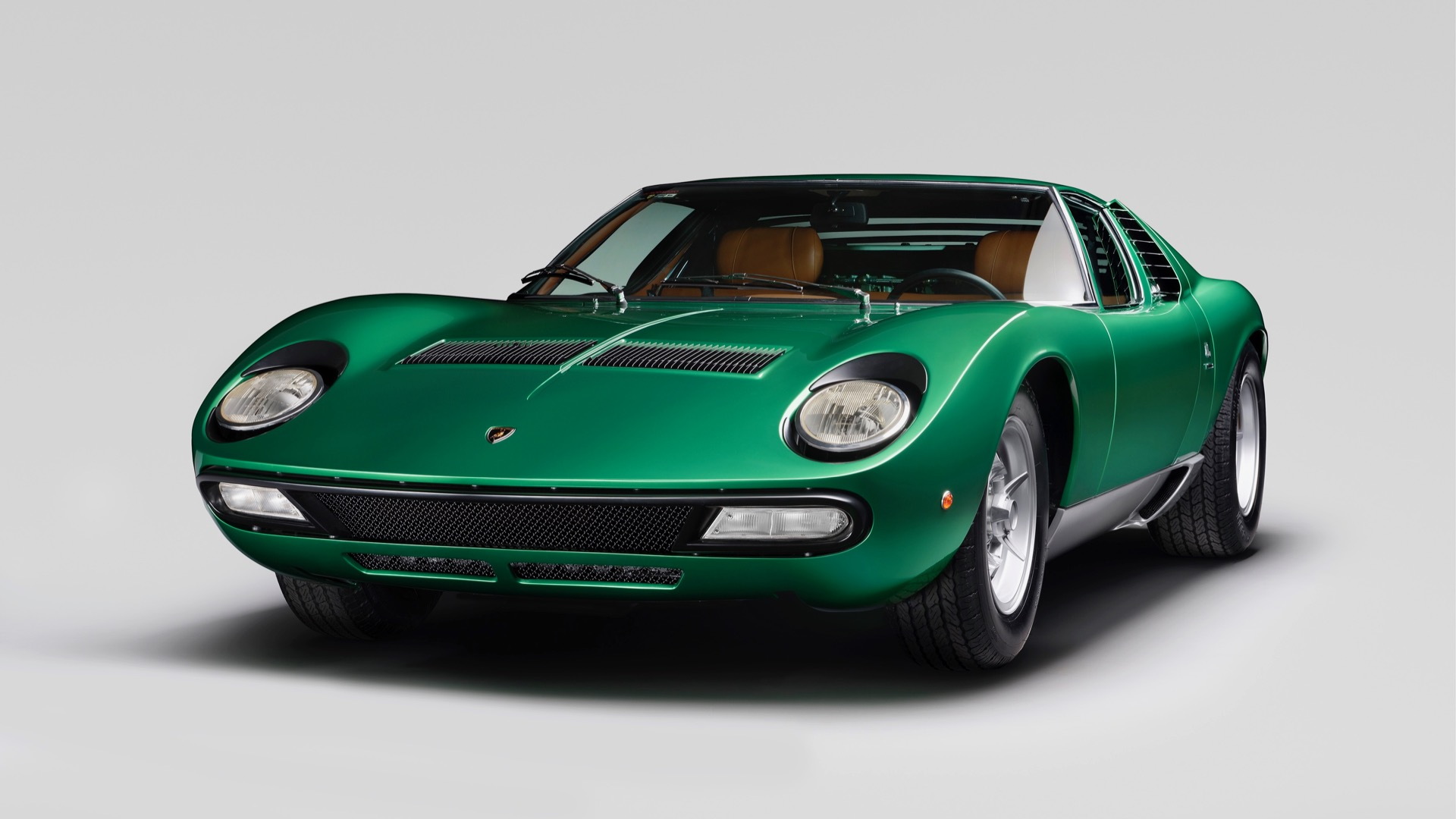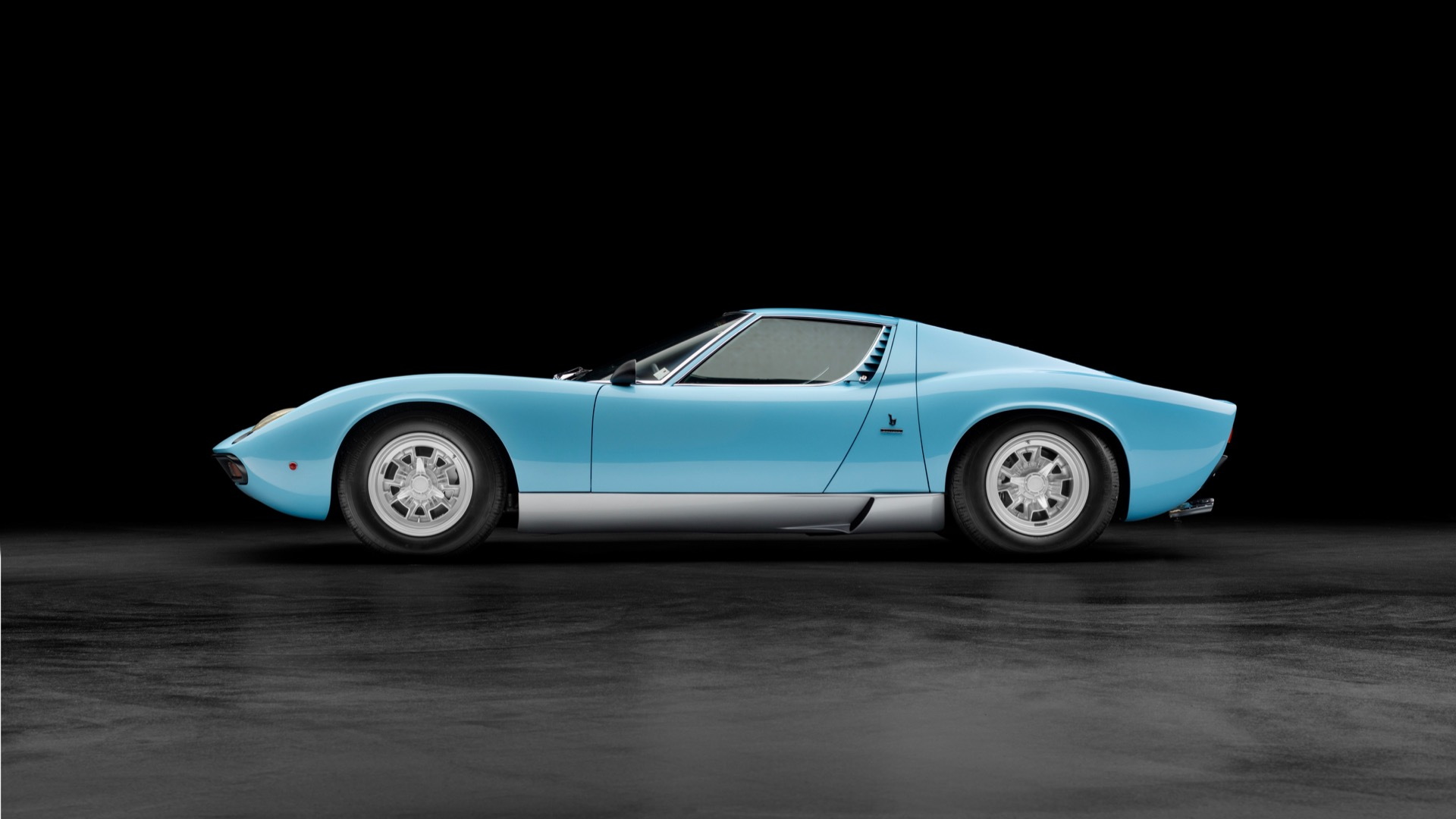Gian Paolo Dallara, Paolo Stanzani, and Bob Wallace were at odds against their boss. These three young engineers wanted to create a Lamborghini race car to take on rival Ferrari at its own game. Lamborghini founder, Ferruccio Lamborghini, wasn’t onboard.
Instead, he said he’d prefer a race car for the road. That was good enough for the engineers, each less than 25 years old. They began work on the prototype, which was called the P400.
In 1966, their work came to a culmination in the Lamborghini Miura, named after the Spanish fighting bull breed. Not only was the car a game changing automobile for the Italian firm, it made history. Until this time, nobody had ever heard of a “supercar.” The Miura perhaps defined the term for decades to come.
Why? To start, it was a major departure from previous front-engine Lamborghini cars. This time, the engineers stuffed the engine in the middle of the car. Original plans called for it to be a three-seater with a central driver seat and a longitudinal engine. Reality won out and it became a two-seater with a transverse engine. A center seater wouldn’t arrive until the McLaren F1 of the 1990s. However, the inherent benefits of a mid-engine package were clear and with a 3.9-liter V-12, the Miura had the power.
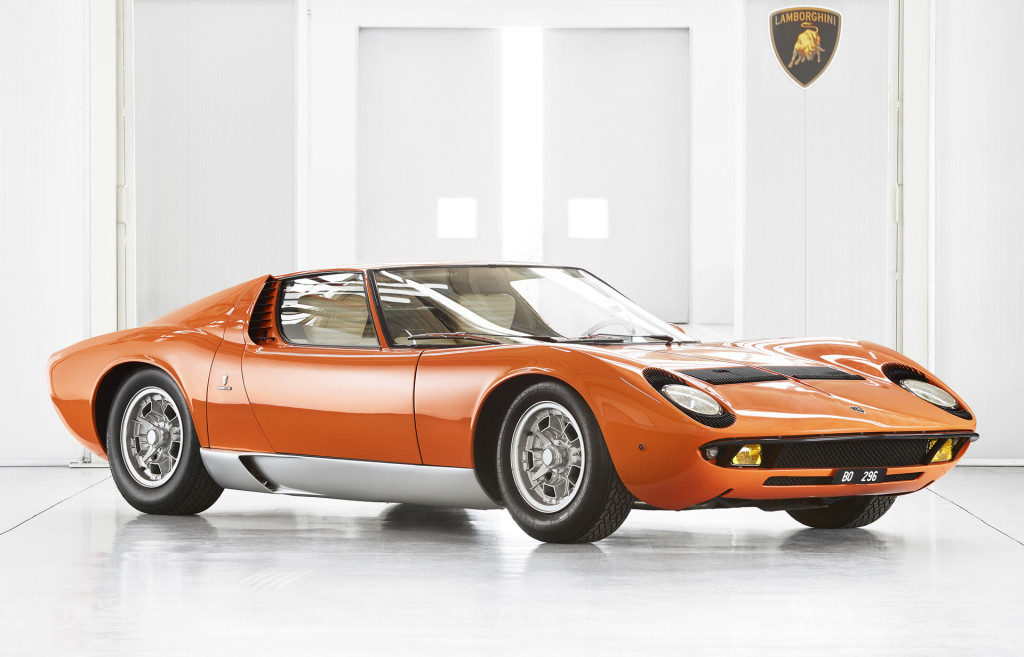
Lamborghini Miura (chassis number 3586) used during filming of “The Italian Job”
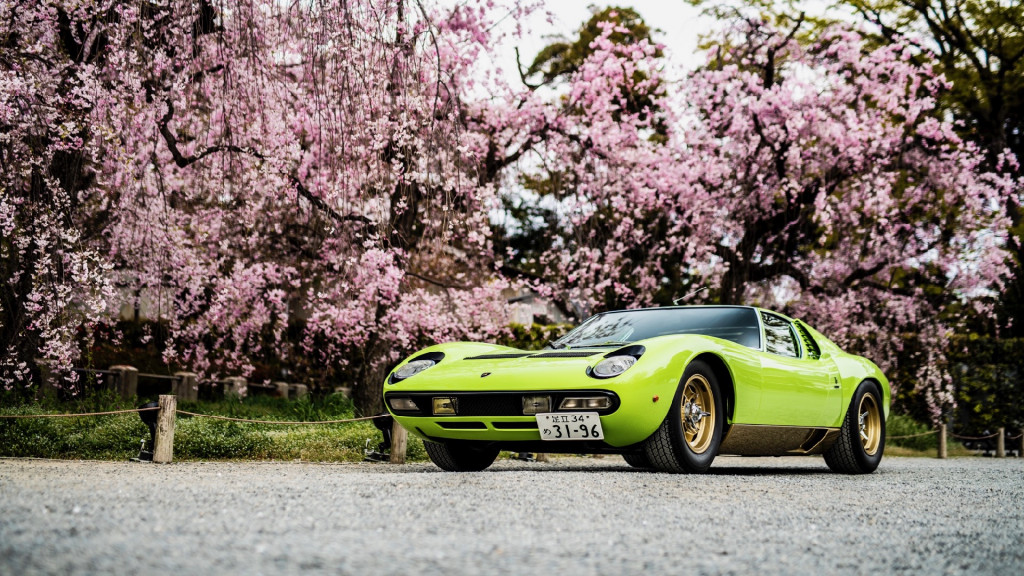
Lamborghini Miura SV
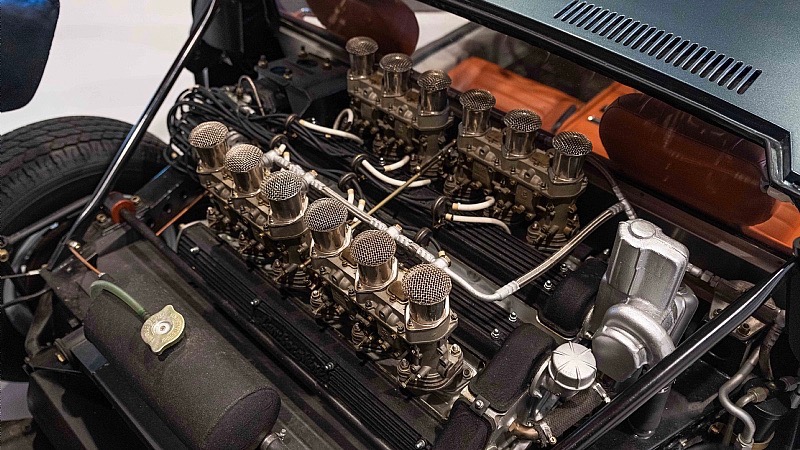
1972 Lamborghini Miura SV for sale at Joe Macari, London
Specifically, this bull boasted 345 hp. Lamborghini decided on the “Miura” name, but kept the P400 as the standard car’s variant name. In the coming years, the team would build a P400S with 365 hp thanks to a different camshaft profile. Then, in 1971, the Miura SV arrived with a staggering 385 hp and more performance parts. The initial cars used 70-series tires because that’s all that was available. Low-profile 60-series tires had arrived by the time the SV hit the market, and they made a big difference in handling.
The Miura brought out the bull’s horns. It was no grand tourer as Mr. Lamborghini had long pursued to one-up Mr. Enzo Ferrari.
The car featured a beautiful design by Marcello Gandini of the styling house Bertone. Its face featured round headlights with available “eyelashes” that became a signature element of the car. Low and wide, with a set-back cabin, It had clamshell bodywork front and rear. Lamborghini offered the car in a series of bright colors that helped it stand out even more.
The Miura debuted at the Turin motor show in 1965, and it was an immediate hit with enthusiasts, who put down deposits before the engineering and design were completed. It originally sold for $20,000 in the U.S., which is more than $160,000 in today’s dollars. Lamborghini built 763 Miuras from 1966 to 1973, 275 were P400s, 338 were P400S models, and 150 were P400SVs. Miura P400 Jota, P400 SV/J, Roadster, and SV/J Spider models were built as well, either as one-offs, show cars, or conversions from existing models. They are the rarest of these rare cars. Today, all Miuras are seven-figure collector cars that look as good now as they did new.
With the success of the Miura well documented by the end of its production run in 1973, work was underway to continue the Italian marque’s newfound taste for supercars. The Countach succeeded the Miura in 1974.
The Miura did more than start a trend of mid-mounted engines for supercars. Without the Miura, the Countach likely wouldn’t have been the extreme, wedgy supercar it turned out to be. Forget about the Diablo, the Murciélago, and today’s Aventador.
If anything, Lamborghini’s engineers did the one job Mr. Lamborghini wanted to do all along: give Ferrari something to think about. The Ferrari 365 GT4 Berlinetta Boxer? We can thank Lamborghini for that, too.
—Sean Szymkowski contributed to this report.

